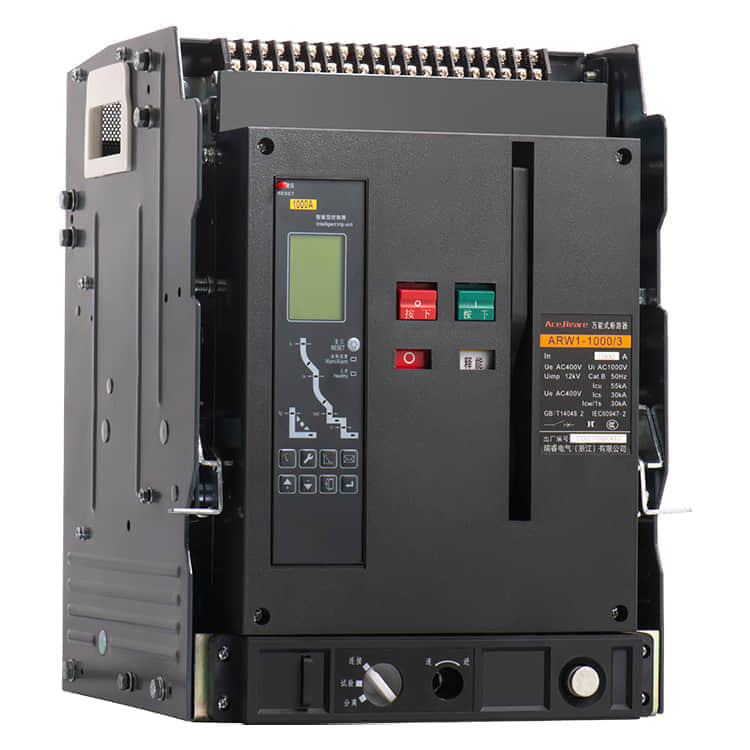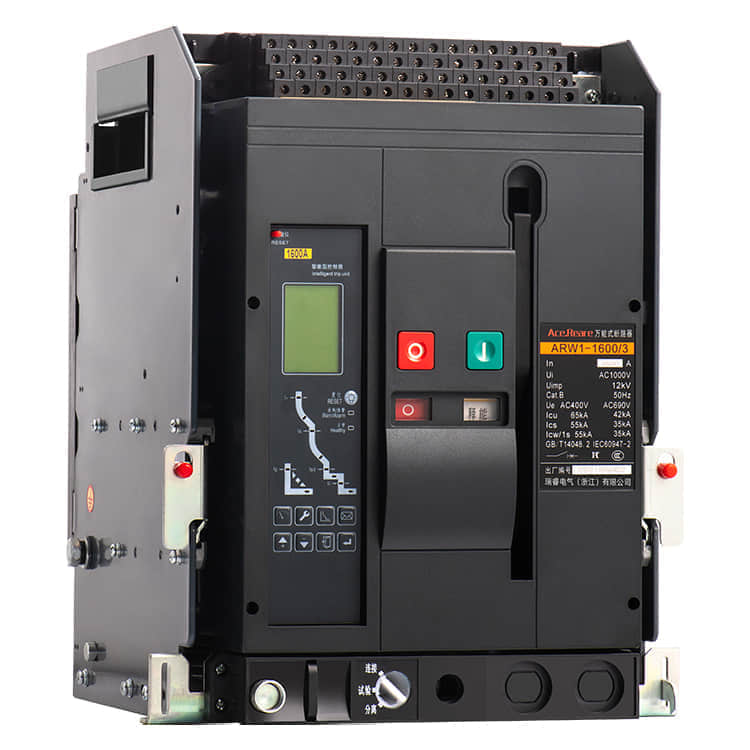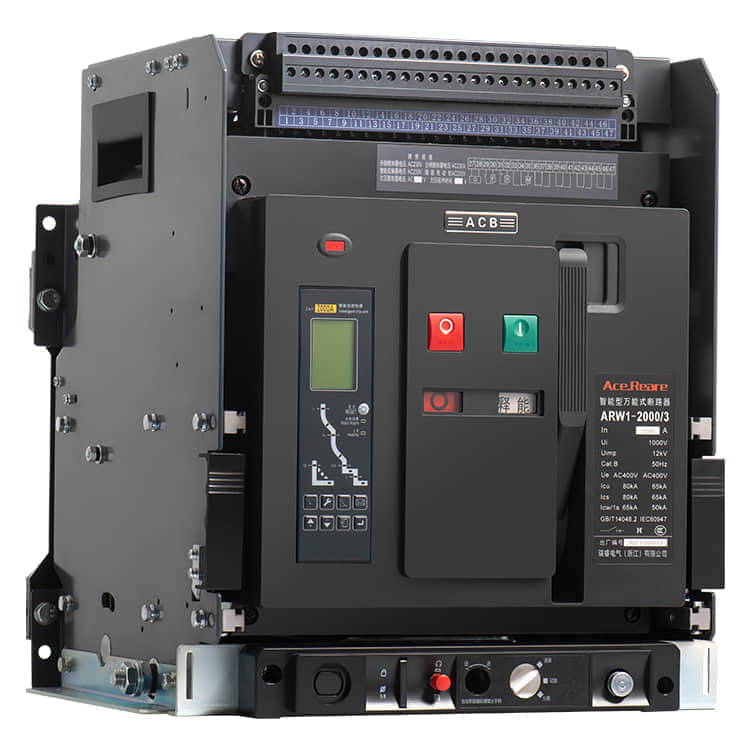In the realm of electrical distribution and circuit protection, Air Circuit Breakers (ACBs) have long been a critical component in safeguarding electrical systems from overloads, short circuits, and other potential hazards. Among the various types of ACBs available, the drawer-type ACB stands out as a versatile and efficient solution. In this article, we will delve into the world of ACB breaker drawer types, exploring their features, advantages, and applications.

Understanding the Drawer-Type ACB

Drawer-type ACBs are a type of circuit protection device that is highly adaptable and convenient. They consist of two main components: the fixed part and the moving part, often referred to as the “drawer.” The fixed part is securely mounted within an electrical panel or distribution board, while the drawer contains the breaking and tripping elements. The drawer can be easily inserted and removed from the fixed part, making maintenance, installation, and replacement straightforward. Advantages of Drawer-Type ACBs Modular Design: One of the most significant advantages of drawer-type ACBs is their modular design. This design enables easy scalability and flexibility in electrical systems. Additional drawers can be added to expand the circuit protection capacity, or existing drawers can be replaced or upgraded without significant downtime. Reduced Downtime: In the event of a fault or the need for maintenance, drawer-type ACBs can be quickly replaced without shutting down the entire electrical system. This feature is critical in applications where uninterrupted power supply is essential. Enhanced Safety: Drawer-type ACBs often incorporate advanced safety features, such as interlocking mechanisms that prevent incorrect insertion or removal of the drawers. These safety measures minimize the risk of accidents during maintenance or operation. Easy Maintenance: Routine maintenance tasks, such as cleaning or inspection, can be performed more conveniently with drawer-type ACBs. Technicians can simply remove the drawer for access, reducing the time and effort required for upkeep. Compact Footprint: Drawer-type ACBs are space-efficient, making them suitable for installations where available space is limited. Their compact design allows for higher circuit density within electrical panels. Applications of Drawer-Type ACBs Drawer-type ACBs find applications in various industrial and commercial settings: Industrial Facilities: They are commonly used in manufacturing plants, refineries, and other industrial settings to protect machinery and equipment from electrical faults. Data Centers: Drawer-type ACBs are ideal for data centers where uninterrupted power supply is crucial. Their ease of maintenance minimizes downtime in these critical environments. Commercial Buildings: In large commercial buildings, such as shopping malls or office complexes, drawer-type ACBs are employed to protect electrical distribution systems. Hospitals: Healthcare facilities rely on drawer-type ACBs to ensure the continuous operation of critical medical equipment and lighting. Renewable Energy: In the renewable energy sector, these breakers are used to protect electrical components in solar and wind power installations. Conclusion Drawer-type Air Circuit Breakers have evolved as an indispensable component in modern electrical systems. Their modular design, ease of maintenance, and safety features make them an excellent choice for a wide range of applications. As technology continues to advance, drawer-type ACBs are likely to see further innovations, enhancing their efficiency and reliability in protecting electrical circuits. In a world where electrical reliability is paramount, these breakers play a vital role in keeping the lights on and the machinery running smoothly.
